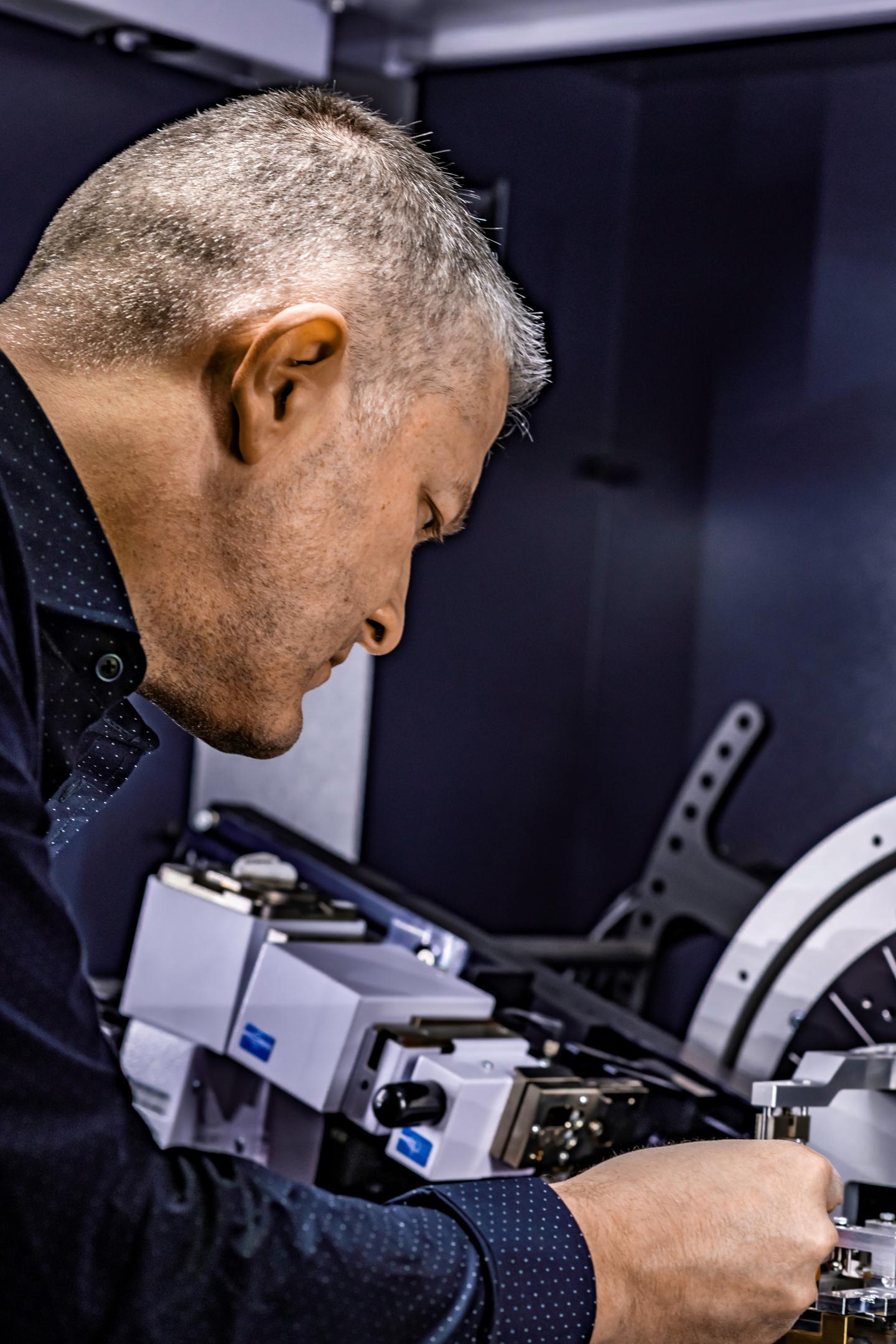
Credit: Copyright for the picture: Didier Hatz
Physicists from the University of Luxembourg and their research partners have demonstrated for the first time in a comprehensive study how different magnetic materials can be examined using neutron scattering techniques. The scientists have published their insights in “Reviews of Modern Physics,” the renowned science journal of the American Physical Society.
From computers to loudspeakers to electric cars and wind turbines, most electronic devices contain magnetic materials. Understanding why magnetic materials have certain properties is crucial to refining these technologies. “The mesoscopic length scale, which is the regime between a nanometre and a micrometre, determines the properties of many materials. Elements in the microstructure of a material, such as the grain boundaries between crystal grains, have a major influence on the thermal, electric, magnetic and mechanical properties of a metal,” explains Andreas Michels, Associate Professor in Physics and Materials at the University of Luxembourg and one of the main authors of the paper.
Perhaps the most important method for examining processes at this level is neutron scattering. “Using neutron scattering techniques, you can get an inside look at these materials, similar to using an X-ray on other materials,” explains Michels. In order to achieve this result, the scientists first bombard samples of a material with a neutron beam. Magnetic interaction with the sample causes the neutrons to be diverted from their normal course. This scattering is determined through a detector. Using theoretical models, the scientists can then draw conclusions about the microstructure of the materials based on the pattern of the scattered neutrons.
The review paper, which was produced in cooperation with researchers at Technical University of Munich, the University of Notre Dame, the University of Minnesota, the Institut Laue-Langevin and the Helmholtz-Zentrum Geesthacht, focuses on analysis techniques. “For the first time, we undertook a comprehensive study to determine which broad class of materials can be researched using neutron scattering techniques,” says Andreas Michels. “Among other things, we are interested in superconductors, permanent magnets, shape-memory alloys, ferrofluids – almost the whole spectrum of magnetic materials from specific uses to fundamental research in solid-state physics.”
The results of the work can be used by physicists and material researchers to get an overview of the range of applications for neutron scattering technology, but also by engineers to make predictions about load-bearing capacity, wear and tear, and the qualities of materials under changing conditions.
###
Media Contact
Thomas Klein
[email protected]
Related Journal Article
http://dx.



